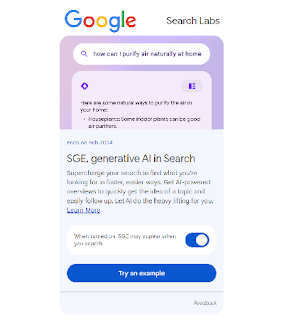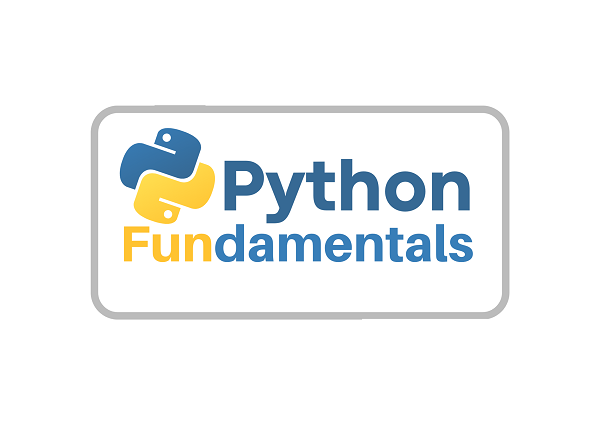Can an AI create another AI itself?
Artificial Intelligence (AI) has been a hot topic in computer engineering for decades, and it has made significant strides in recent years.
The Short Answer
The short answer is that AI can create another AI, but with some limitations. In most cases, an AI system still requires human intervention to initiate the process, set the parameters, and provide the necessary data. However, once the process is set in motion, the AI system can continue to learn, evolve, and create more advanced AI systems on its own.
The Long Answer
To understand how AI can create another AI, we need to dive into the different approaches and techniques used in AI development. There are mainly two approaches to AI development: rule-based and machine learning-based.
Rule-Based
AI
Rule-based AI, also known as expert systems, uses a set of predefined rules and logic to make decisions and perform tasks. These rules are typically created by human experts in a specific domain, and the AI system uses them to generate outputs based on the inputs it receives.
While rule-based AI systems can be effective in certain domains, they are limited in their ability to learn and adapt to new situations. They require constant updates and maintenance by human experts, and they cannot create new rules or modify existing ones on their own.
Machine
Learning-Based AI
Machine learning-based AI, on the other hand, uses statistical models and algorithms to learn from data and improve its performance over time.
This approach is based on the idea of training an AI system on large datasets, allowing it to identify patterns and relationships in the data and use them to generate outputs.
There are mainly three types of machine learning: supervised learning, unsupervised learning, and reinforcement learning. Each of these approaches has its own set of algorithms and techniques for learning from data and making decisions.
Supervised learning involves training an AI system on a labeled dataset, where each input has a corresponding output.
The system uses this data to learn the relationship between the inputs and outputs and uses it to generate outputs for new inputs.
Unsupervised learning, on the other hand, involves training an AI system on an unlabeled dataset, where the system tries to identify patterns and relationships in the data on its own.
This approach is used for tasks such as clustering and dimensionality reduction.
Reinforcement learning involves training an AI system to make decisions based on a reward system.
The system receives feedback in the form of rewards or punishments for its actions and learns to make decisions that maximize its rewards.
In all of these machine learning approaches, the AI system is trained on data and uses it to generate outputs.
However, the training process still requires human intervention to initiate and oversee the process, set the parameters, and provide the necessary data.
Can
AI Create Another AI?
Now that we understand the different approaches to AI development, we can return to the question of whether AI can create another AI itself. The answer is yes, but with some limitations.
In some cases, AI systems can be designed to generate new AI systems based on the data they are trained on. For example, researchers have used genetic algorithms to create neural networks that can evolve and adapt over time.
These systems are typically designed to evolve and improve their performance over time, but they still require human intervention to initiate the process, set the parameters, and provide the necessary data.
Once the process is set in motion, however, the AI system can continue to learn, evolve, and create more advanced AI systems on its own.
Conclusion
In conclusion, AI can create another AI, but with some limitations. While AI systems can be designed to generate new AI systems based on the data they are trained on, they still require human intervention to initiate and oversee the process, set the parameters, and provide the necessary data.
Once the process is set in motion, the AI system can continue to learn, evolve, and create more advanced AI systems on its own. However, the development of AI systems that can create and improve themselves autonomously is still a topic of active research.
Nonetheless, the potential benefits of such a breakthrough could be immense, and it is an exciting area of exploration for researchers and developers in the field of AI.




Comments
Post a Comment